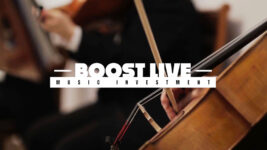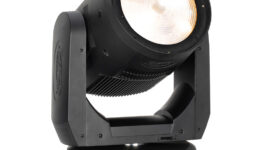NAMM 2025
4 Feb 2025
Music and Audio Stand Strong at NAMM 2025
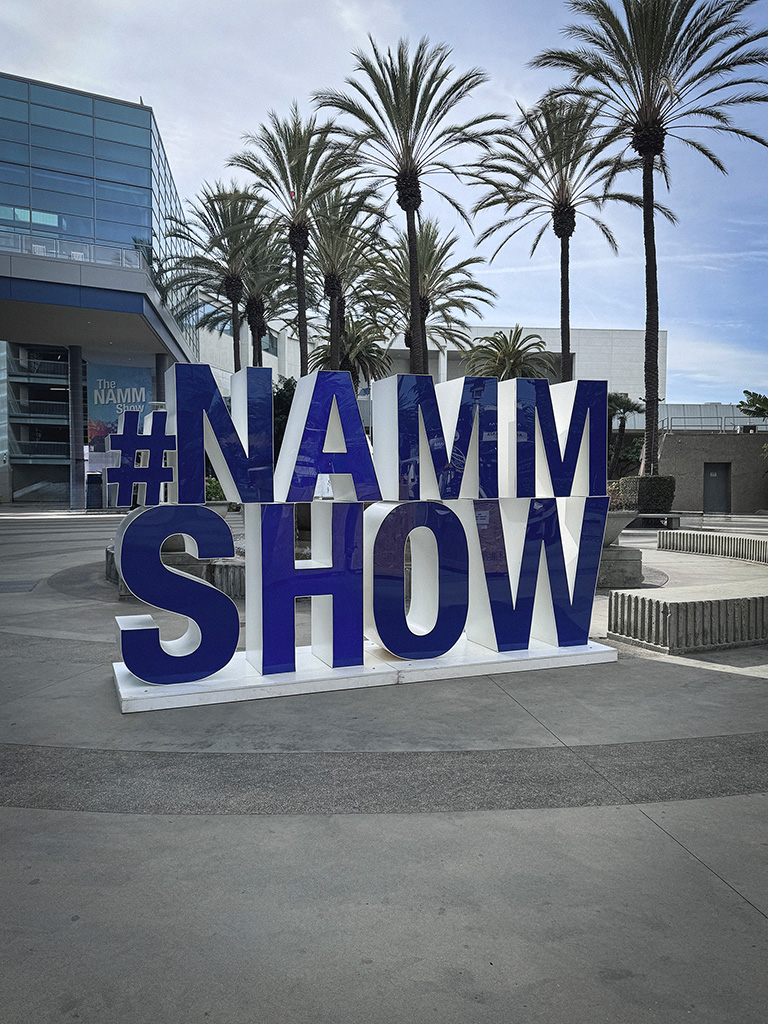
Subscribe to CX E-News
With barely two weeks to go before The NAMM Show was due to open at LA’s Anaheim Convention Centre on Wednesday 22 January, wildfires began to burn the hills and suburbs around the city. With the affected areas home to many of the global industry’s music and audio professionals, it was a devastating event to happen just before its biggest get-together. Many wondered how the show itself would be affected; would people still come?
Almost in defiance, they did, en-masse. While still short of the approximately 150,000 that attended in 2018, audience numbers were in the high 60,000s. As our community always does in times like these, there were fundraising efforts, benefit concerts, charity auctions, and more in support of those affected. If anything, this international effort to support our colleagues added to the positive atmosphere of the show, and NAMM partied just as hard as it always does, late into the night.
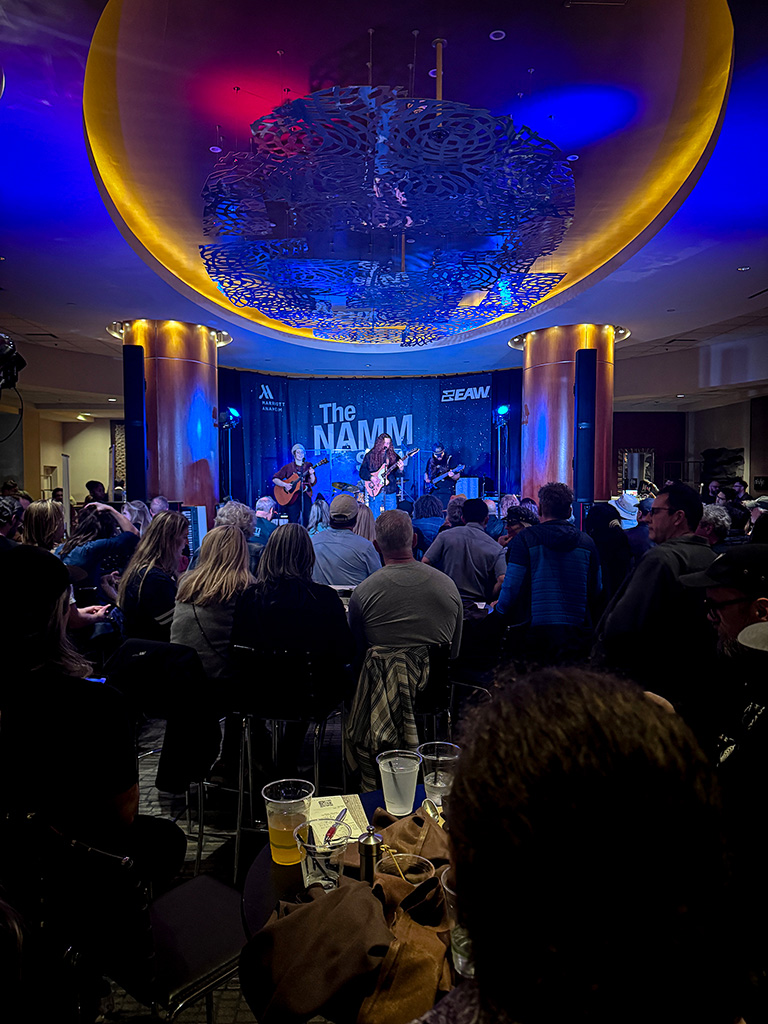
Impressions From The Floor
If you’re not familiar with ‘Gartner’s Hype Cycle’, please Google it now and get yourself up to speed. It’s a graphical representation of what happens in business and society when a new technology is created. While hype and market investment around AI is still quite buoyant and in the early stages of Gartner’s Hype Cycle in society at large, it became apparent to me that the music and audio industries are one step ahead and are now firmly in Stage 3, ‘The Trough of Disillusionment’, and firmly heading into stage 4, ‘The Slope of Enlightenment’.
It’s no great shock that creative professionals (musicians, singers, audio engineers) are not OK with the idea of their jobs being replaced, or a basic element of human joy and expression being automated. What really interested me was that technology creators (audio software developers, for example) were aggressively distancing themselves from any hint that there was AI used in their new gear, even when some of these new products only seemed possible with the use of the technology. There were at least two openly AI products on display, both for creating vocals out of nothing but text and MIDI, and while some wide-eyed neophytes seemed attracted by the shiny new thing, anyone with any experience was giving them Grace Tame-level stink-eye.
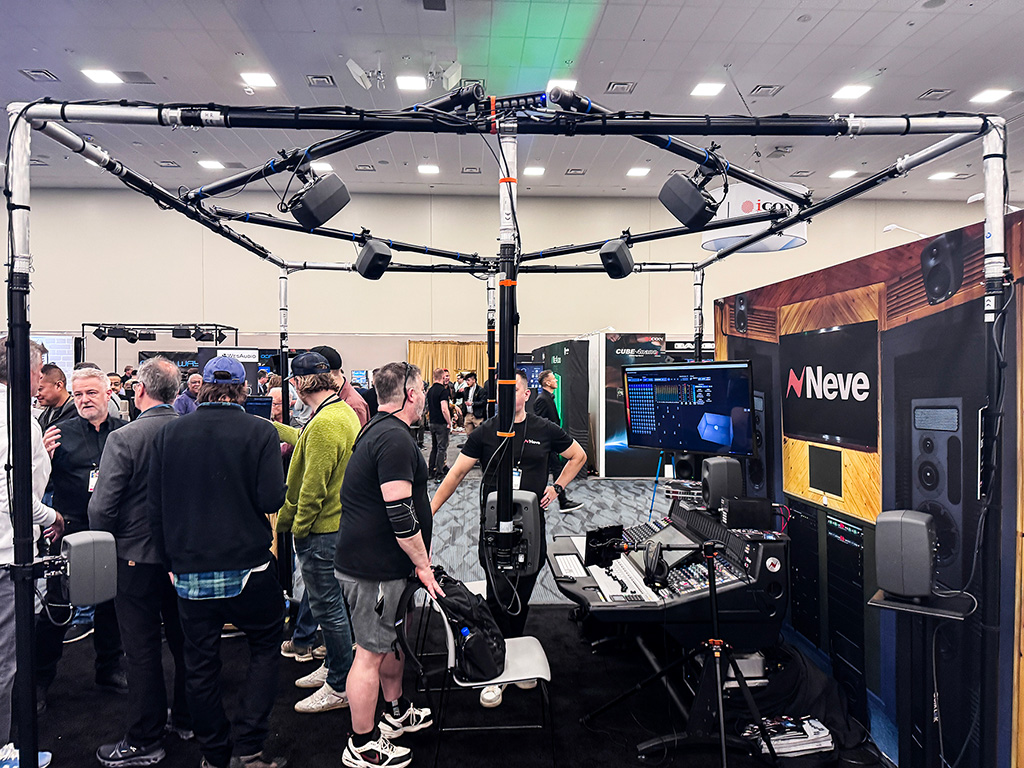
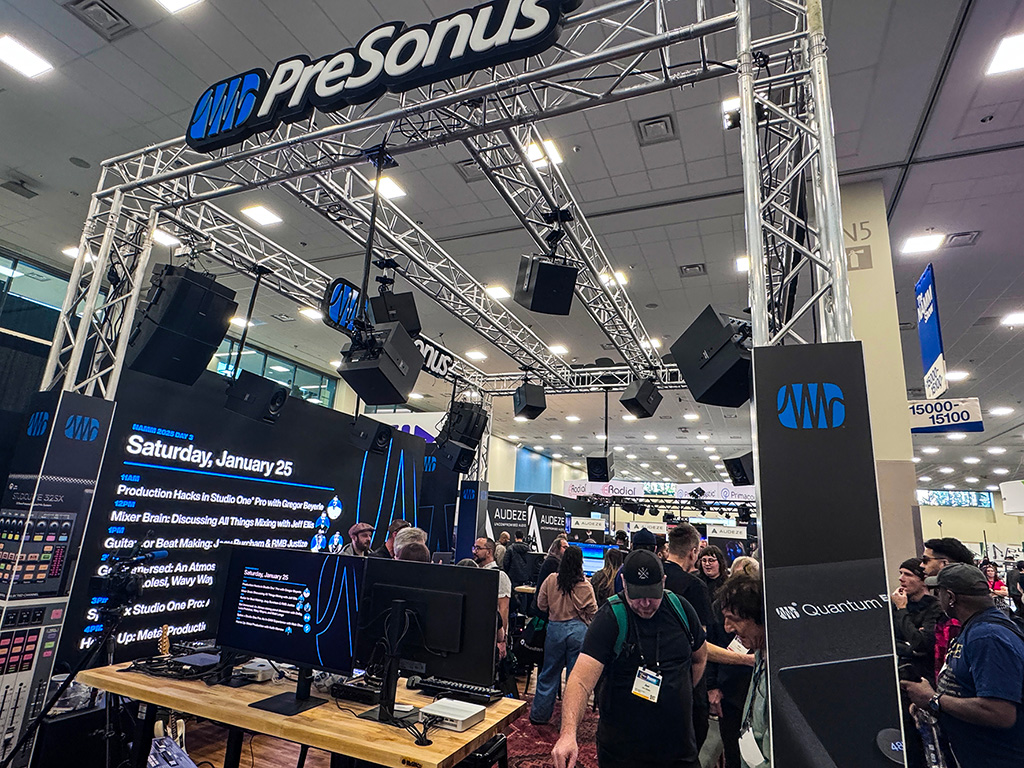
The other trend on the floor was immersive audio. More stands were set up to support it, and more production software now includes it as standard. I am so on board – the sooner we get rid of stereo, the better.
The following are my stand out picks of gear from the show, in no particular order and with no discernible logic; much like the chaos of The NAMM Show itself!
Adamson MG10
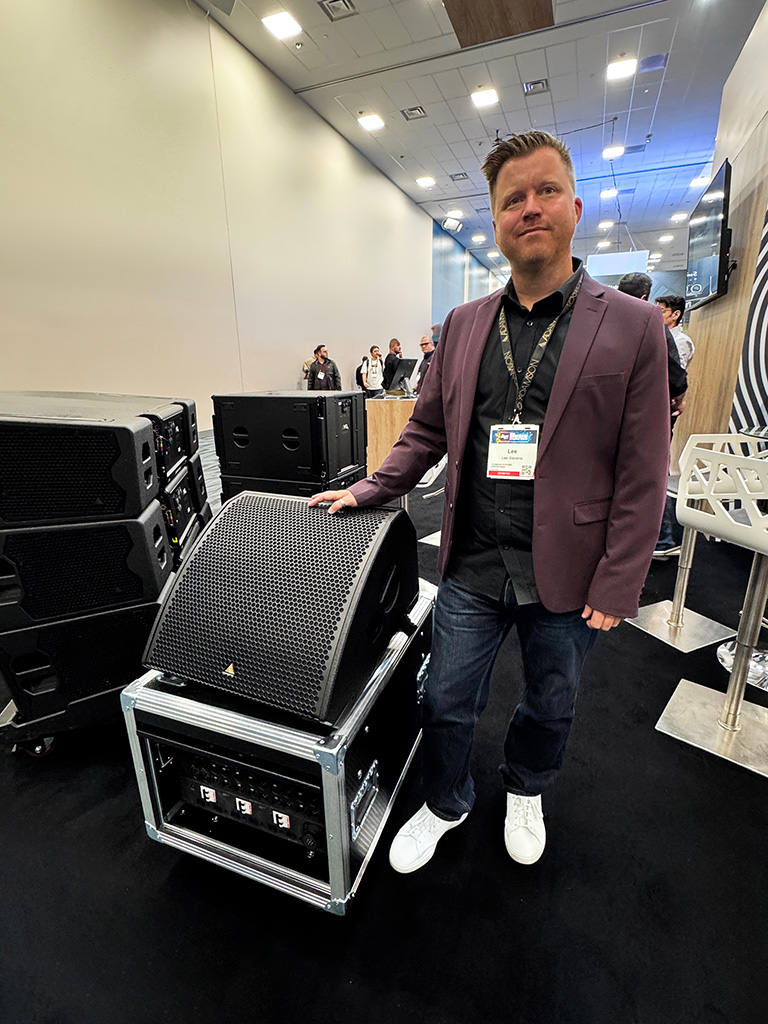
Next to the mighty new VGt line array, which dominated the stand and is apparently picking up tours and inventory sales at the expense of its competitors, was the new MG10 wedge. It’s a dual 10” based on other dual 10s in the Adamson range and comes in both powered and passive models. With a heavy-duty integrated kickstand to alter the angle on the floor, it’s also got a pole mount so you can use it for FOH, which, being Adamson, is more than practical, as it kicks out 139dB.
Allen & Heath SQ-Rack
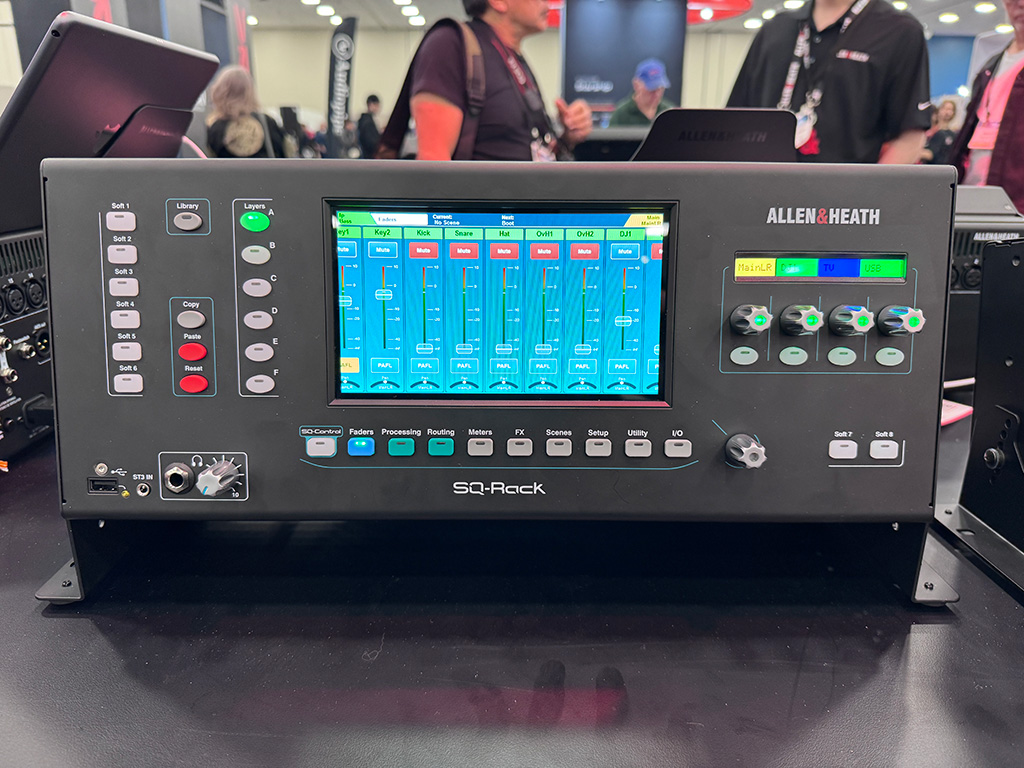
Allen & Heath’s huge stand burgeoned with product and punters, and their full-time training room was never short of attendees. Announced just before the show and with multiple units on display was the new SQ-Rack. It is, of course, a rack-mount version of their SQ series of digital mixers. It’s got 16 XLR in, 12 XLR out, and extensive I/O port options through a card slot. Control is from the excellent SQ MixPad app for Android, iOS, Windows, and macOS. While I can see this going everywhere, it would in particular be a totally killer IEM mixer with the ear transmitters in a rack.
Sound Devices A20-HH
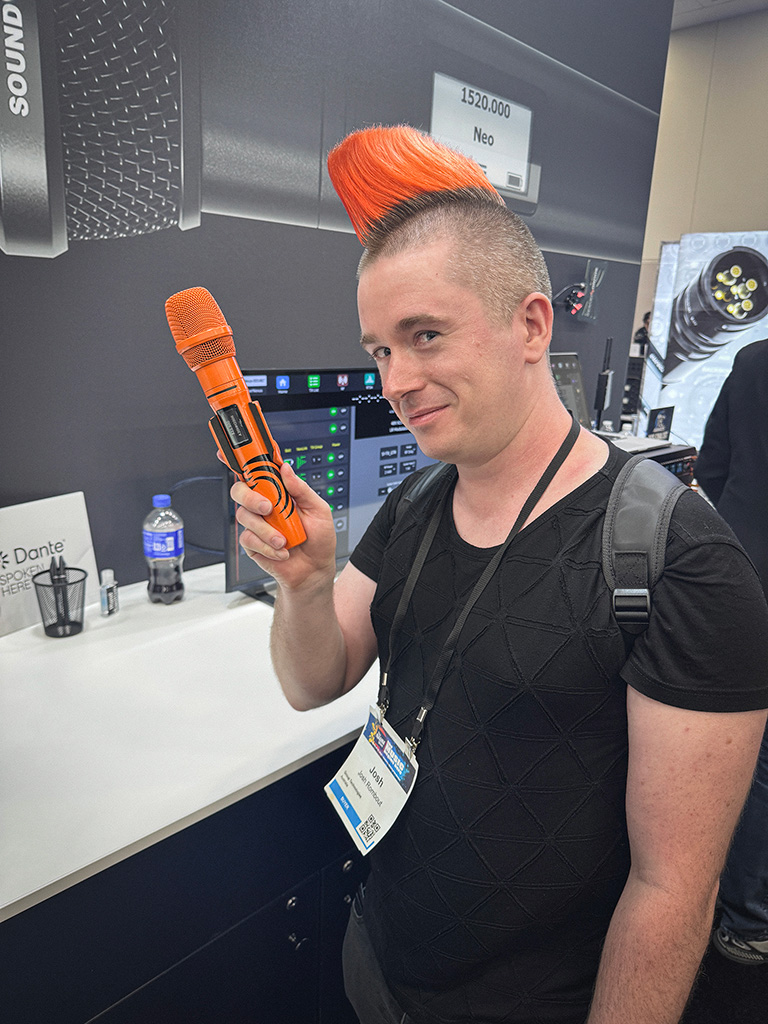
Claiming the “longest-range RF transmission on the market”, the new A20-HH handheld transmitter from Sound Devices can use its native CD1 capsule, “the only calibrated dynamic capsule in the world” or can use almost every other manufacturer’s capsule with no adapter. Sound Devices’ patent-pending wideband RocketAntenna means that no matter where the mic is held, the antenna keeps transmitting at the same level, even when the talent covers the bottom of the mic. The body, capsule, control ring, and collar are all customisable, which is why Josh (pictured) could easily find one to match his hair.
Austrian Audio OC-S10
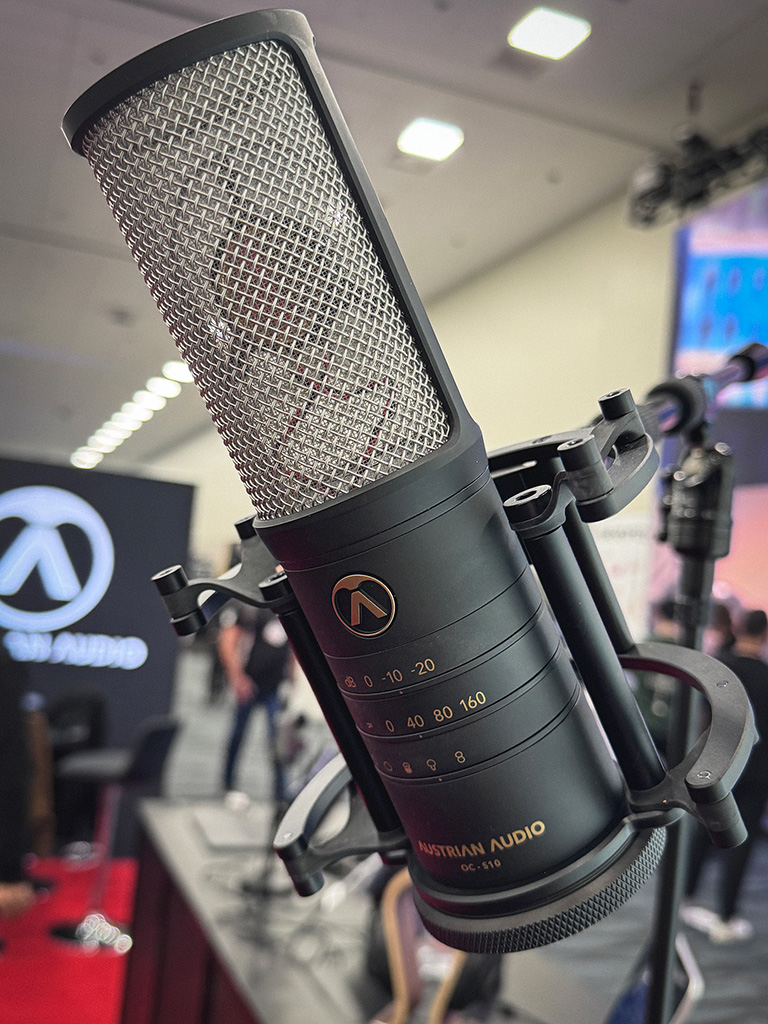
With congratulations and back- slapping all round on their recent sale to DPA, the Austrian Audio folk were in a very good mood. They were also celebrating the release of the flagship OC-S10, a reference-quality large diaphragm condenser. Just touching it, you can feel the quality. The three rings around the base, which allow you to choose between five polar patterns, three low-cut filter options, and -10dB and -20dB pads, have a reassuring heft and satisfying ‘click’ when moved. It also has Austrian Audio’s unique dual output, which means you can change the polar pattern and other options in post; it’s like recording audio in a RAW image format!
audio-technica ATH-R70xa
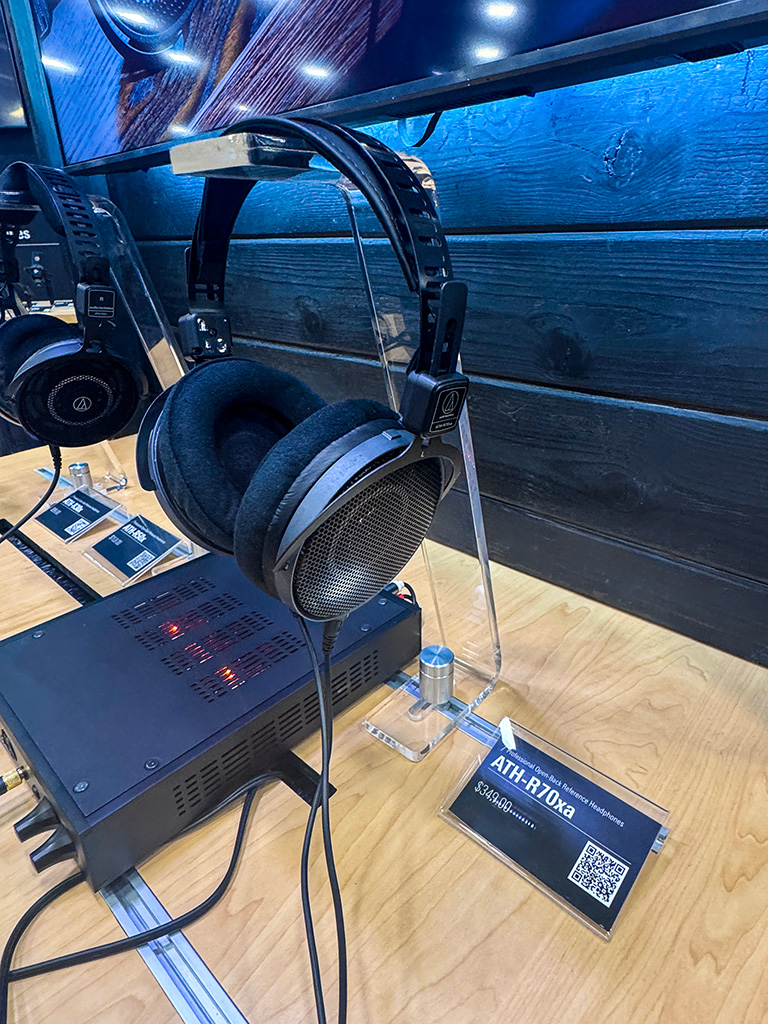
While there were three new models of ATH headphones on display, I really enjoyed the most expensive (but still reasonably priced) ATH-R70xa. They’re open backed and designed for critical listening and mixing. They provided a detailed and rich soundstage that breathed naturally. With the first stop in an immersive audio journey being binaural headphone mixing, these headphones would be a great place to start.
Blackmagic Design ATEM Mini Extreme ISO
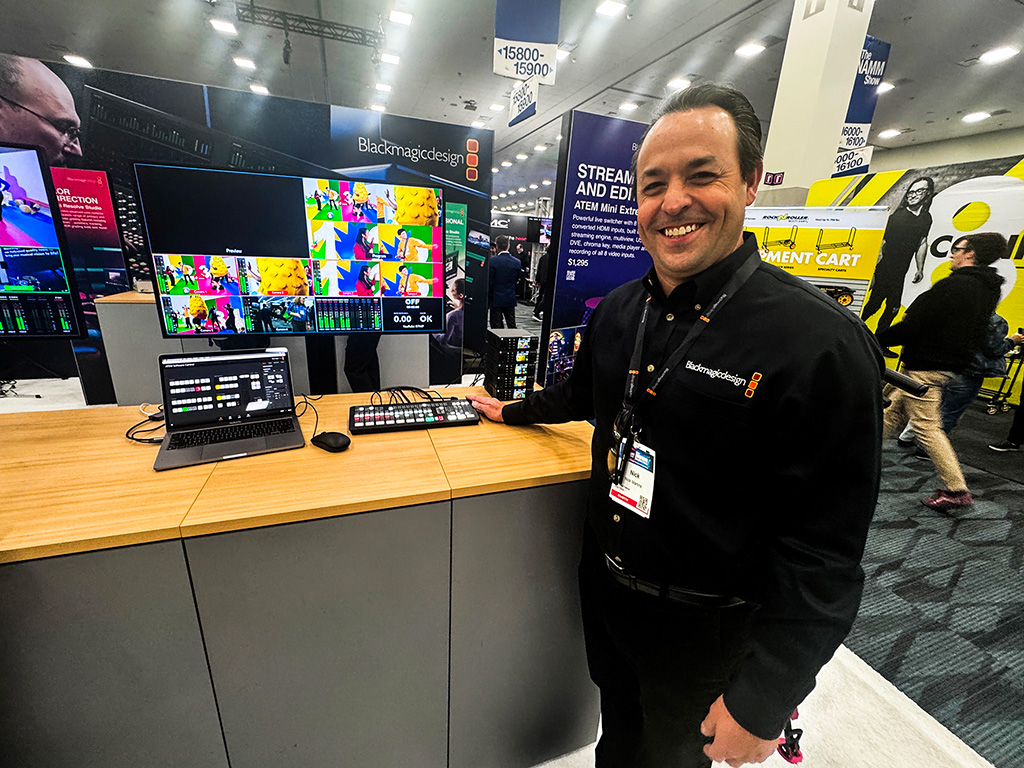
We’ve gone completely Blackmagic in our video production stream here at CX, and our sister publication, mutech.media. We’re rocking two Pocket Cinema 4K cameras, and switched from Adobe Premiere to Blackmagic’s DaVinci Resolve software for post-production and editing and haven’t looked back – it’s soooo much better.
We’re also waiting on delivery of an ATEM Mini Pro ISO switcher, that will record both our camera’s outputs (it can handle up to five), plus programme, and then spit out a DaVinci file ready to edit, all perfectly aligned. While we were still waiting for that to arrive, Blackmagic were showing off its bigger compatriot, the ATEM Mini Extreme ISO, which allows for eight camera records, plus the mix. The Extreme also has all the other features you need to stream or mix video live, including PiP, Chroma, Fades, Transitions, and more.
AVID
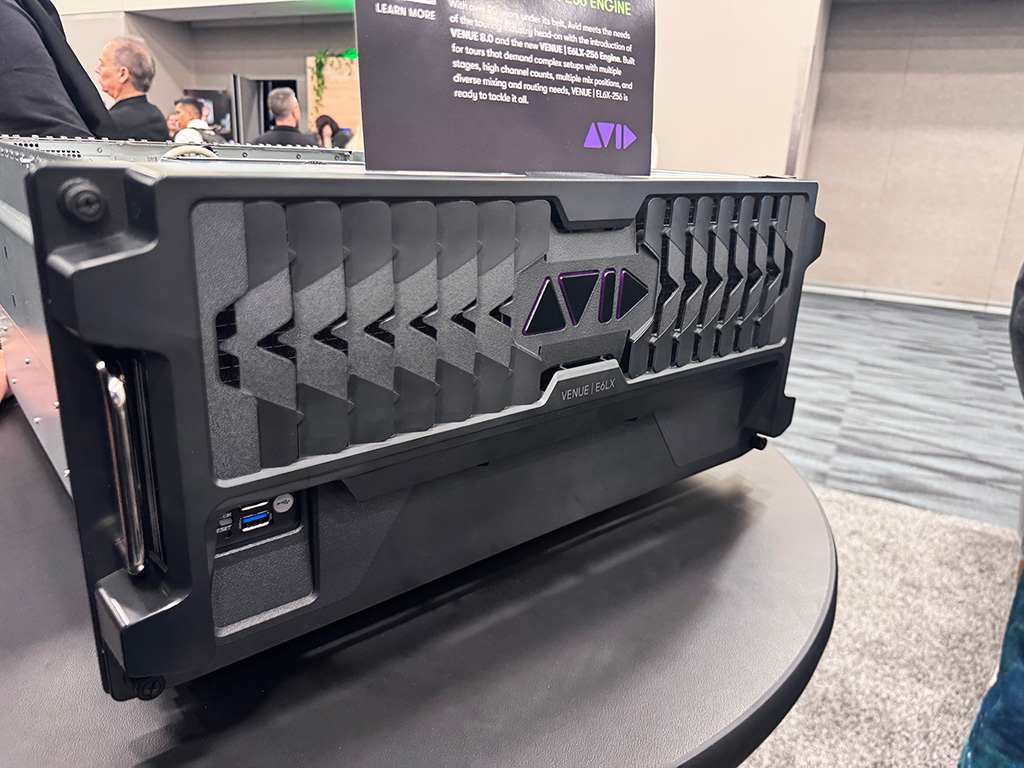
Avid simultaneously announced version 8.0 of their VENUE software system for live mixing, plus the exceedingly chonky E6LX-256 Engine for their range of live desks. It sports an eye-watering 256 inputs and 192 output busses. The new software enables some ludicrous things, such as 256x256ch at 96kHz Virtual Soundchecks via MADI, and 216chx216ch at 96kHz of AVB recording, and more prosaic things like Auto Mixing, new to the VENUE platform.
QSC KC12
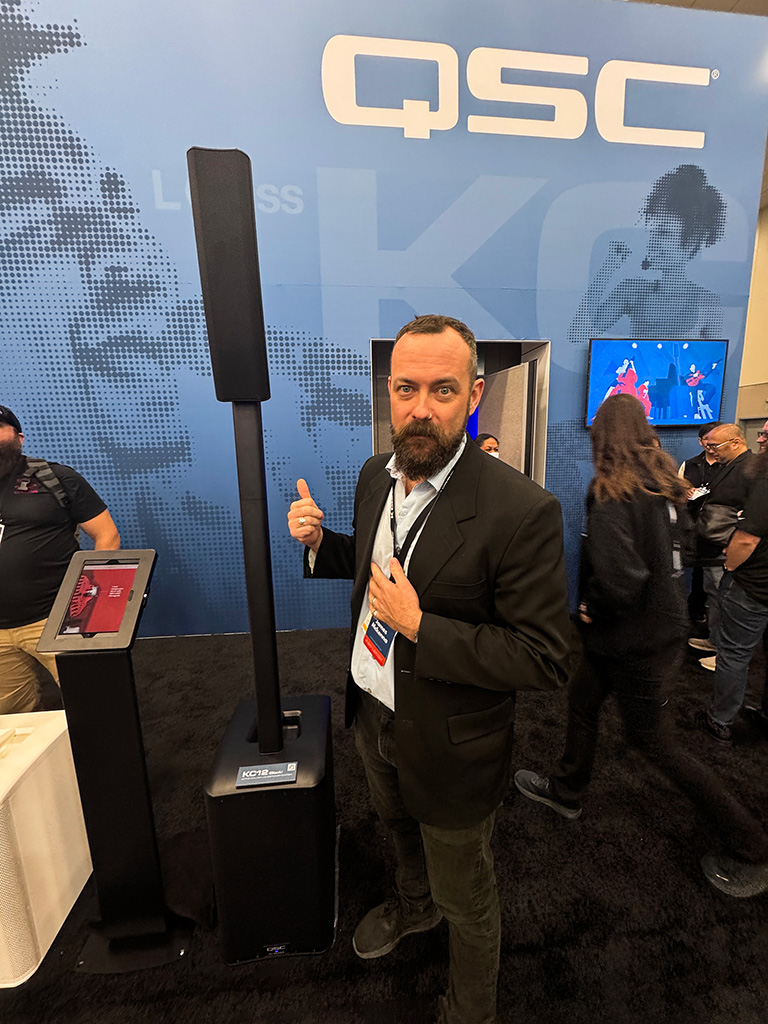
At the only fully fledged speaker demo I attended, I heard the new KC12, a 3-way column loudspeaker system. Funny thing is, it’s not really a column in the true sense, nor an array. It’s actually a 12” sub, dual 4” and 1” HF driver put into the column format. You don’t actually have to use the ‘column’ part of the rig, but that’s the common deployment case and form factor they’ve gone for. And it absolutely slaps; the top boxes are tiny, and put out 132dB of impressively phase coherent and detailed audio, using their QSC LEAF (Length-Equalized Acoustic Flare) waveguide technology from QSC’s line array products.
It comes with a 3000W amp, two combo XLR inputs, and a mixer with digital display for control and selection of loudspeaker functions including global parametric EQ, subwoofer level, presets and scenes, Bluetooth configuration, delay (200ms) or reverb. Its Bluetooth audio features True Wireless Stereo (TWS), which ensures low-latency pairing between music source and both left and right loudspeakers, simultaneously. I can see this going out on every kind of dry hire and gig; looks the part for corporate, goes hard enough for small bands and DJs, and everything in between. Oh, and it’s got a six year warranty!
RCF
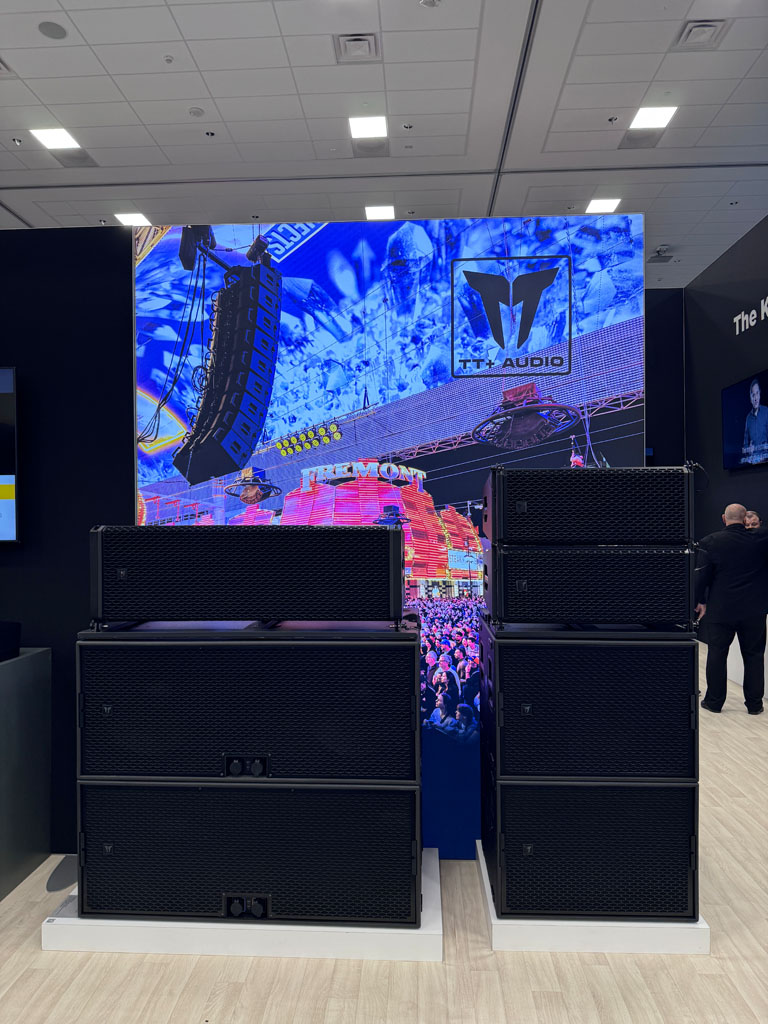
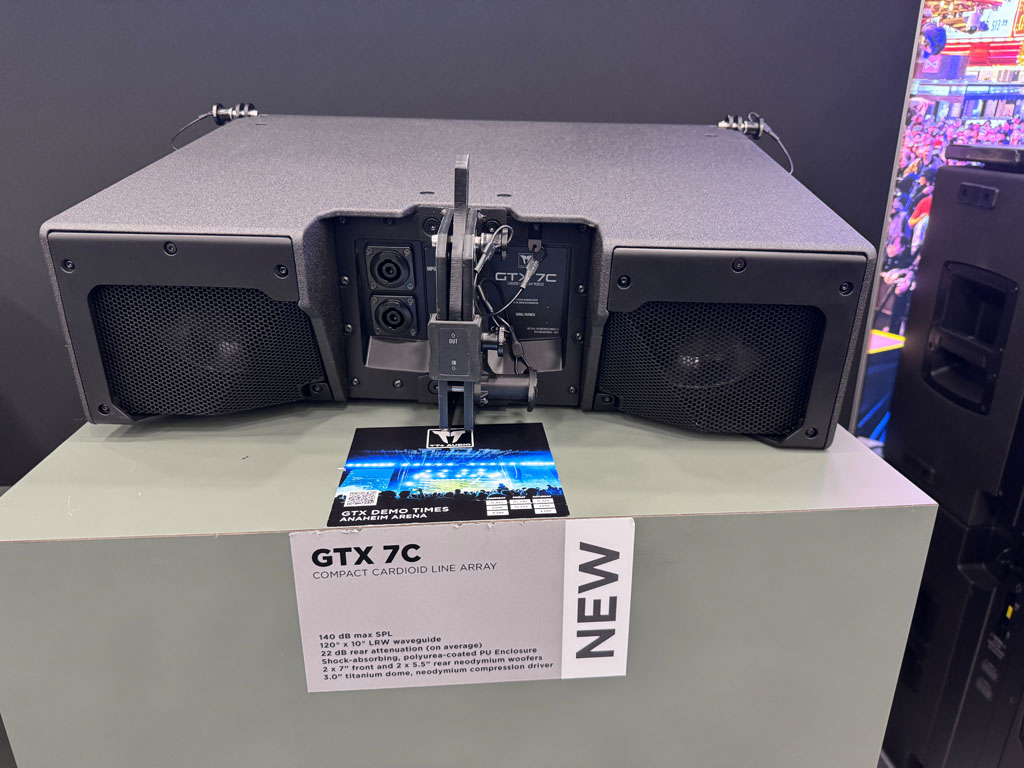
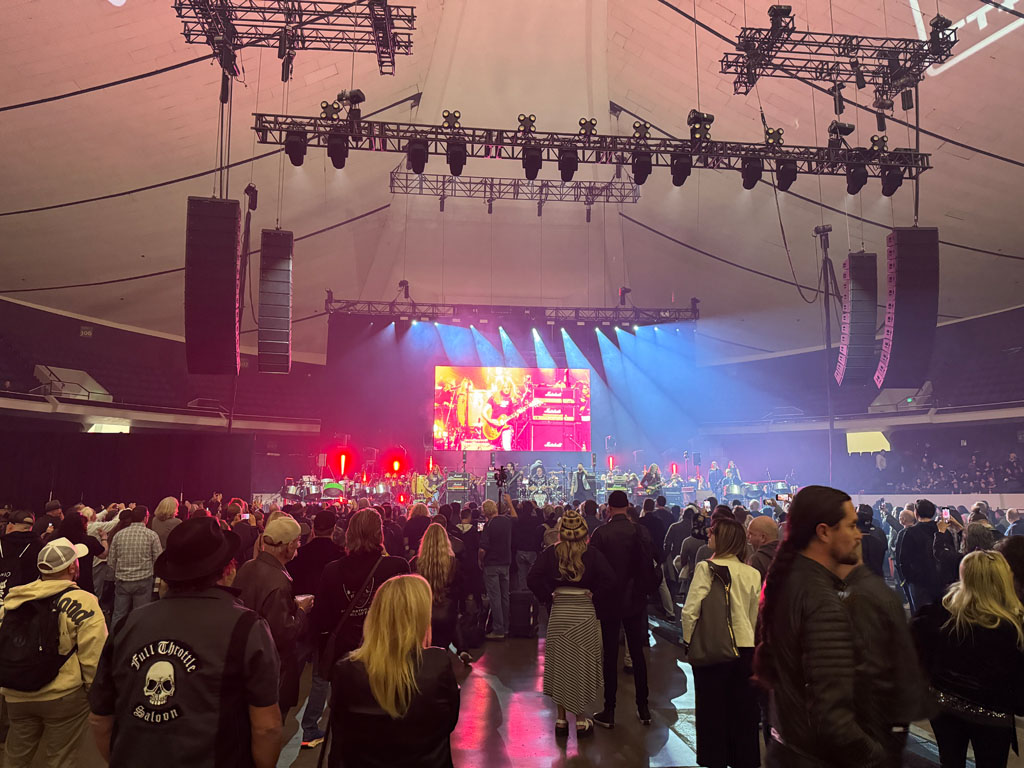
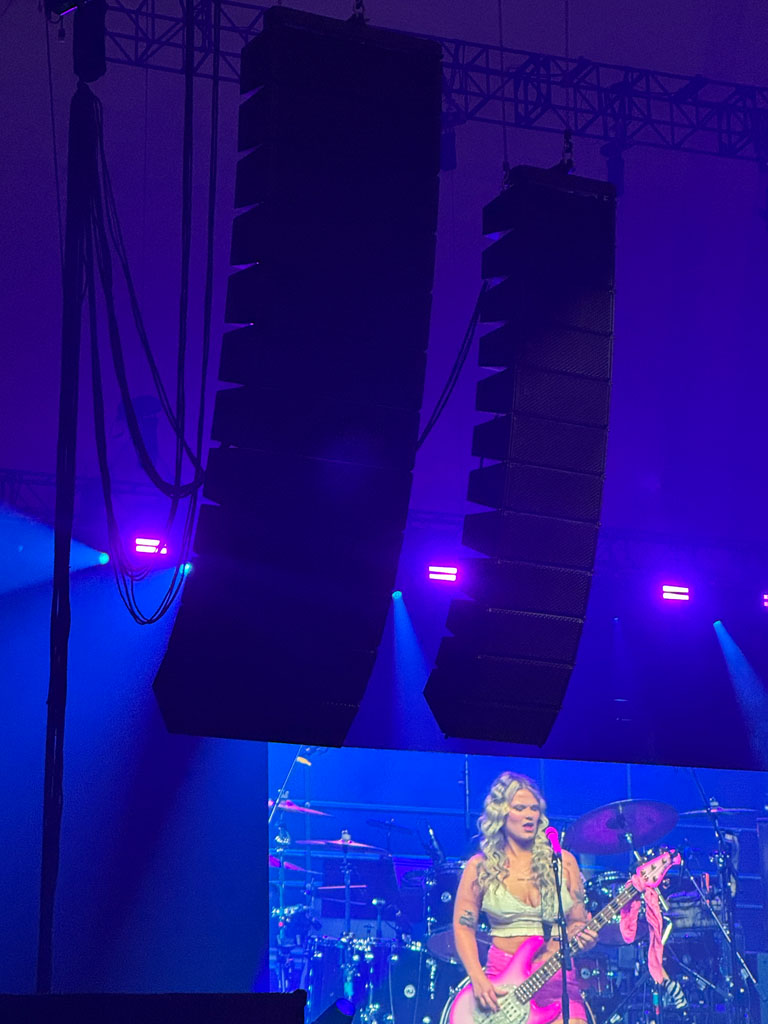
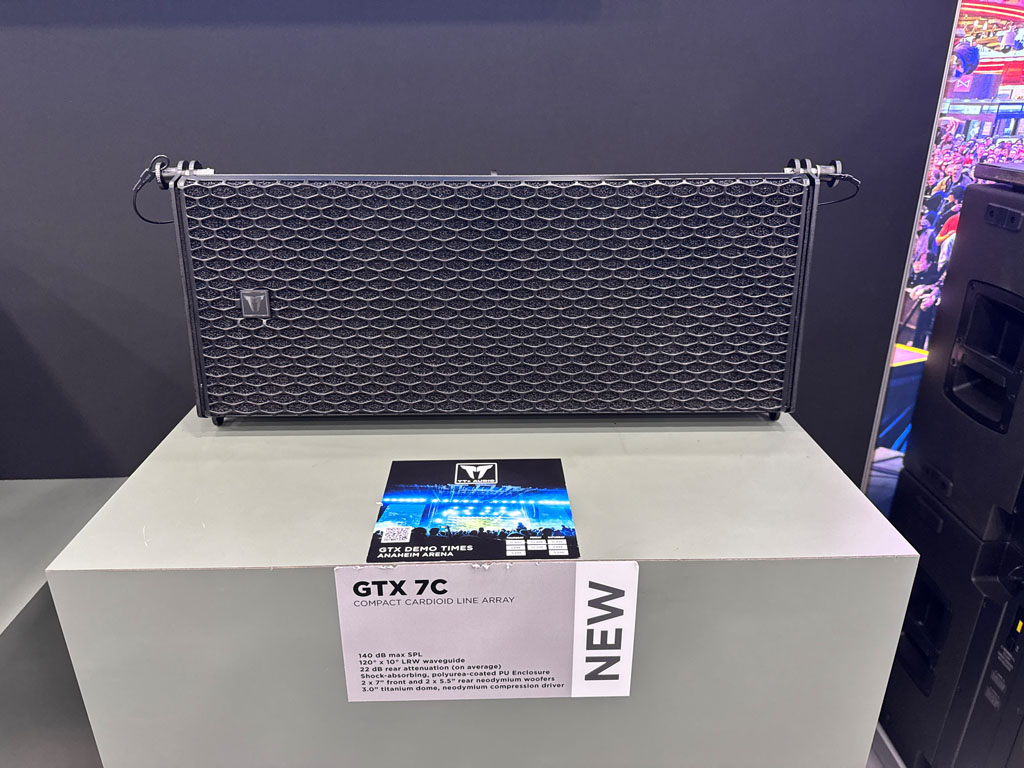
Italian juggernaut RCF always have entirely too much to cover at the trade shows they attend, but we’ll do our best. First, their new TT+ Audio branded flagship line arrays. With their own brand identity and website, they come in dual 12” and dual 10” array elements. They’ve also just released the new GTX 7C, which is a cardioid dual 7”. I was lucky to attend a benefit concert at the Anaheim Convention Centre’s arena with the dual 12” and cardioid 7” arrays being used, and can attest that they can rock and roll in a big venue with the best of them.
Further down the line on RCF’s hire-oriented product was the interesting debut of RDTap on some of its new loudspeakers. Using a near field chip, users can reset parameters or get diagnostic info using an app on their smartphone, even when the unit is not powered on. This kind of technology has been appearing in lighting products for a while, and it’s great to see the ease of use spreading to audio.
d&b audiotechnik CCL
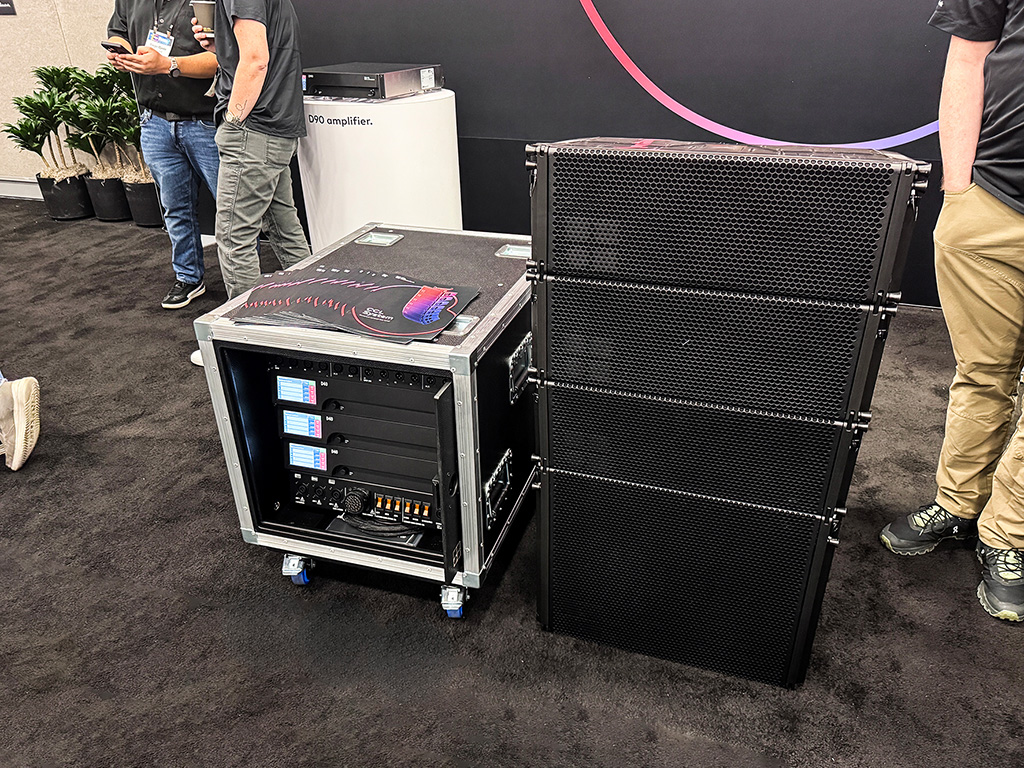
d&b’s new CCL compact cardioid line array was so new that the crew on the stand hadn’t even plugged it in yet. Announced just before NAMM and due to be shown off much more practically at ISE in two weeks, this is a totally native cardioid system using two 7″ front-firing drivers, two 5″ side and rear drivers, and two 1.75″ high- frequency transducers in the top boxes. The sub is a passive cardioid design with a front 15” and a rear 10” driver. It’ll be available in live/rental and install versions, as well as 80° (CCL8) and 120° (CCL12) horizontal dispersion versions.
Meyer Sound TEC Award Winner!
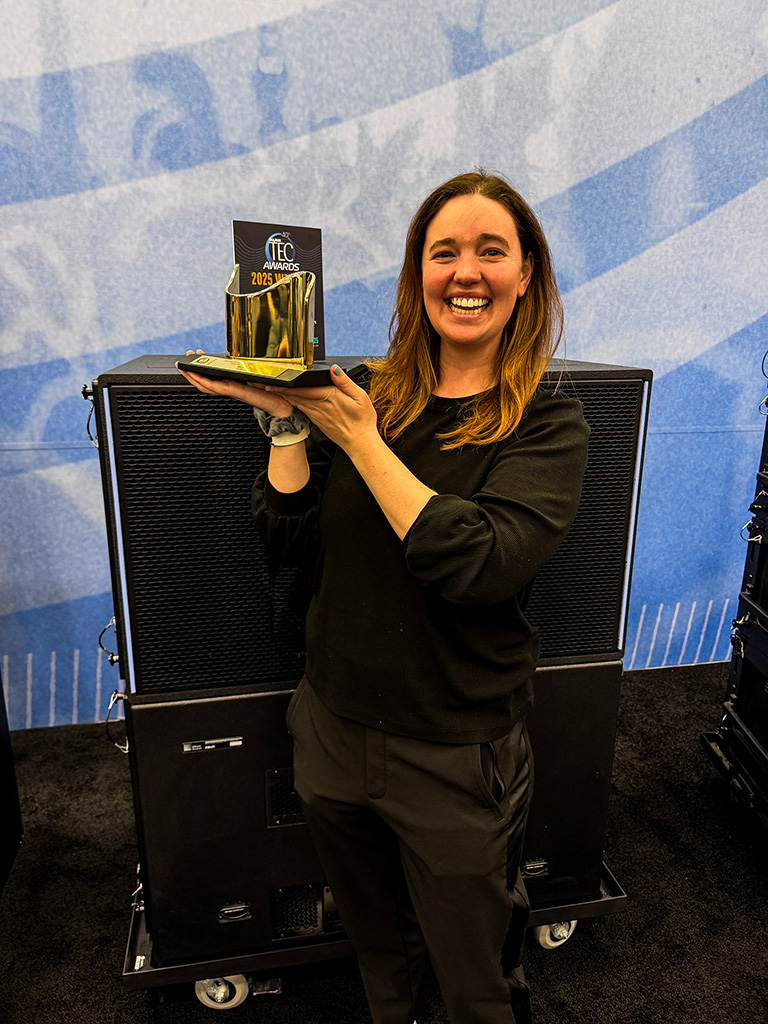
While busy showing off their new ULTRA-X80, the dual 12” with 4-inch high-frequency compression driver that produces a clean and devastating 140dB SPL in a box that weighs 62.6kg, Meyer Sound went and took out the TEC Award in the ‘Sound Reinforcement Loudspeakers’ category for their mighty 2100-LFC low-frequency control element, which they released last year.
Pictured is Director of Loudspeaker Development at Meyer Sound, Katherine ‘Katie’ Murphy Khulusi holding their trophy aloft in front of the bass beast itself, which has since replaced all of the subs on Metallica’s seemingly never-ending M72 World tour, set to grace our shores in November.
Focal UTOPIA MAIN 212 and 112
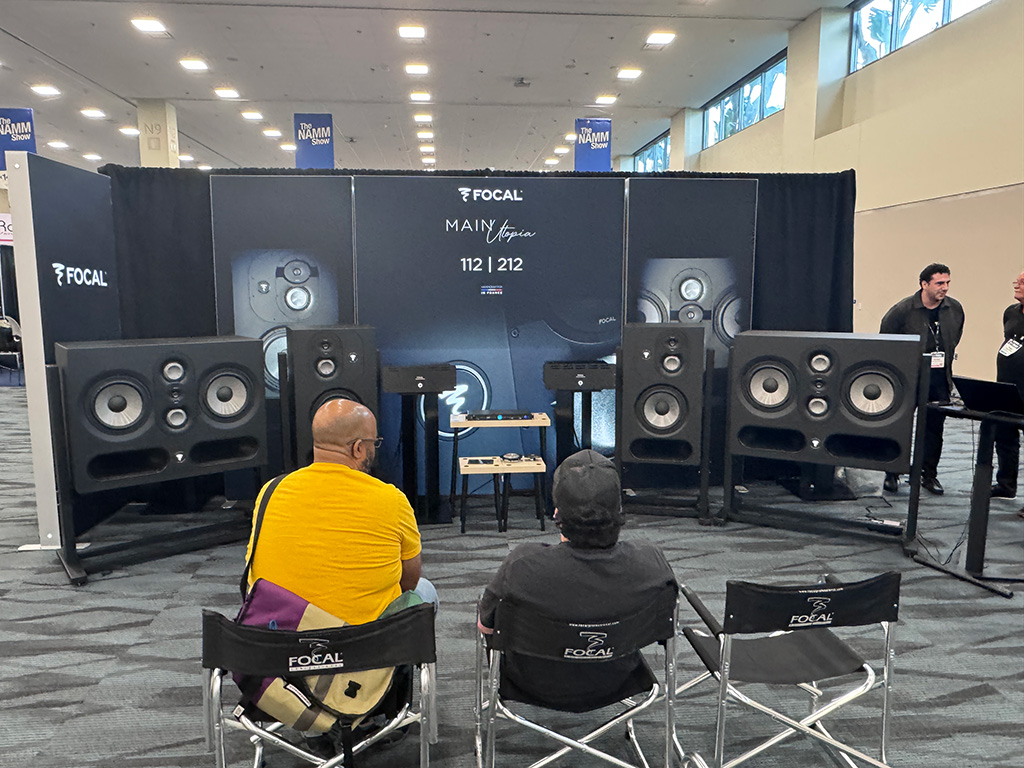
Focal monitors are huge in the EDM community (and beyond) and now they’re also just huge. The whopping monitors you see on the outside are the Utopia Main 212 with 2 x 13″ subs, 2 x 5″ woofers and a 1.5” tweeter. They’re 79.6cm H x 105cm W x 46cm D and weigh a colossal 119.5kg. The slightly more restrained 112s next to them have a 13” sub, a 5” woofer and a 1.5” tweeter, weighing 77.6kg. I wish I had a studio big enough to justify either of these.
Oeksound on transform.engine
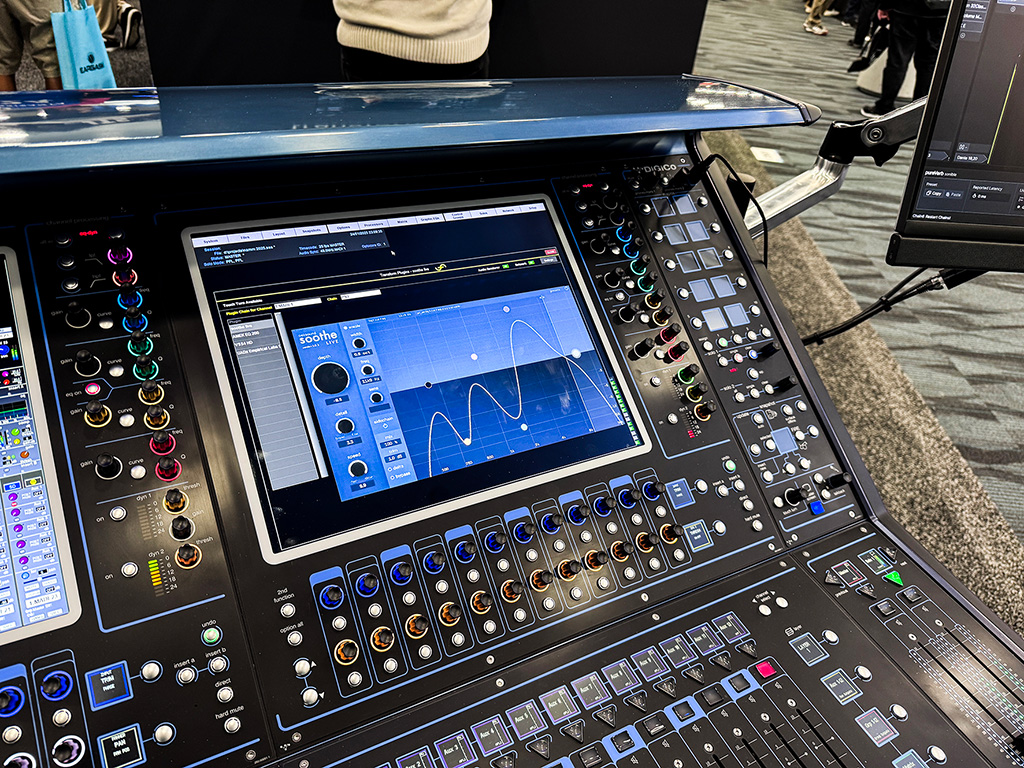
Oeksound’s revolutionary plugin Soothe is now available on fourier. audio’s transform.engine, which means the interface can open up on DiGiCo’s digital mixing consoles. Previously only available on Avid’s platform, Oeksound describes Soothe as a plugin that can “Remove harshness from any sound source. Manage sibilance in vocals and dialog transparently. Treat uneven tonal balance from suboptimal recordings. Clear muddiness, boominess, and proximity effect.” We describe it as “makes everything sound expensive with one big knob to control how much”, which is why it’s so popular.
Keep any ear out for their other plugins, Bloom and Spiff
Shure
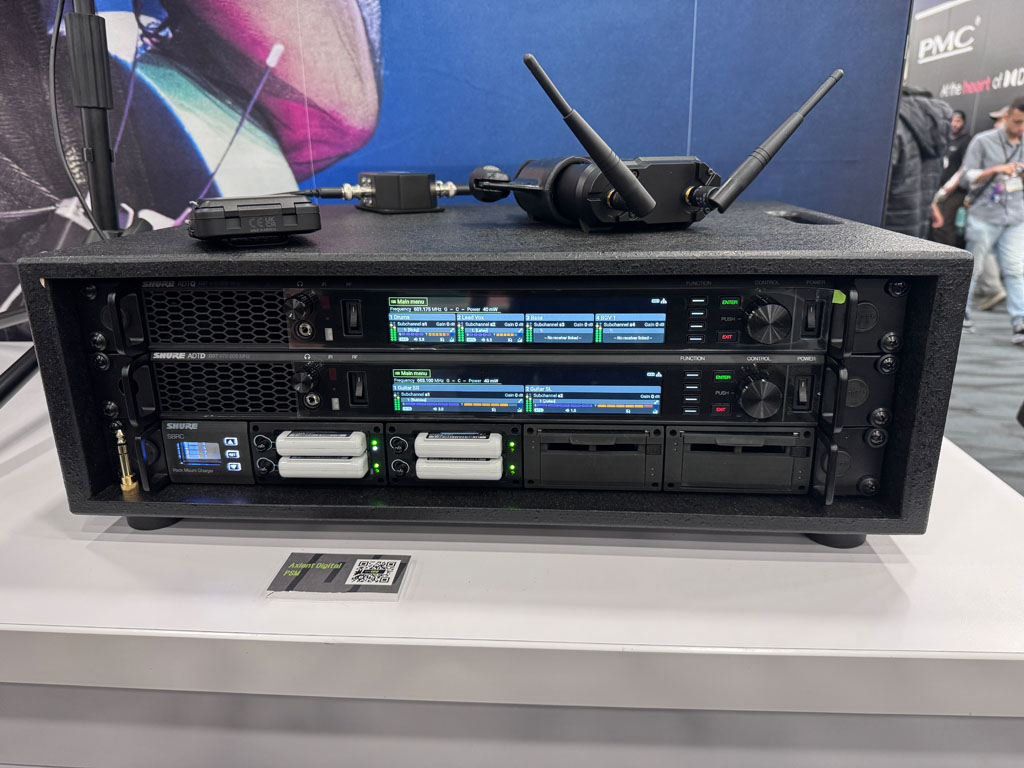
This is the first time since the announcement I’ve seen the new Axient Digital PSM Advanced Digital In-Ear Monitor System in the flesh. It uses revolutionary WMAS technology to run eight stereo channels of IEMs in 1RU, plus more. See our story in this issue about their use at the recent NSW Schools Spectacular for more detail. Coming soon to every ears rack near you.
Also on the pro side, the SLX-D Quad-Channel Digital Receivers are available in both standard (SLXD4Q+) and Dante-enabled (SLXD4QDAN+) versions. Paired with existing SLX-D transmitters, the new Quad-Channel Digital Receivers build upon the feature set of SLX-D digital wireless with a suite of new and improved capabilities, including an expanded 138MHz tuning range capability, enabling country-wide frequency versatility.
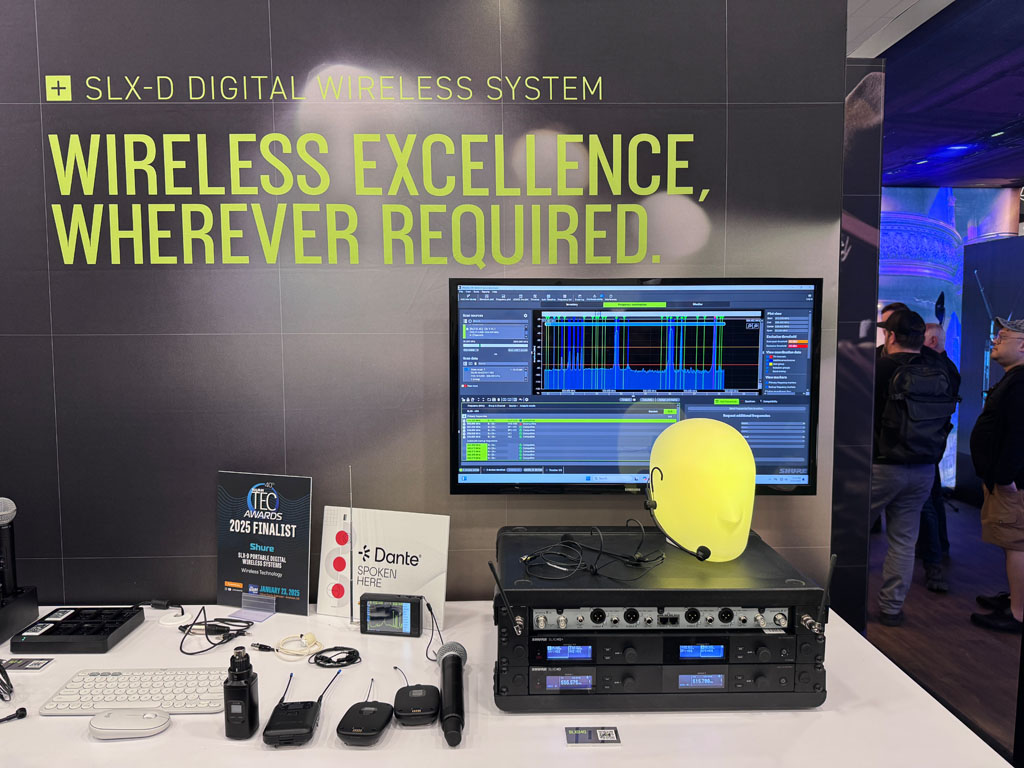
For a bit of content creator fun, we also enjoyed the multi colour windscreens on the MV7+ and MV7i Smart Microphones. The MV7i includes a built-in audio interface, simplifying two-channel recording. Connect any XLR mic or instrument via the Combo XLR and ¼” input and you’ll no longer need an external audio interface in your signal path. The MV7+ includes a LED touch panel, and powerful DSP features. It’s got USB-C and XLR outputs, an improved Auto Level Mode, a new digital pop filter, and real-time denoiser and reverb effects. For our money, we like the orange one.
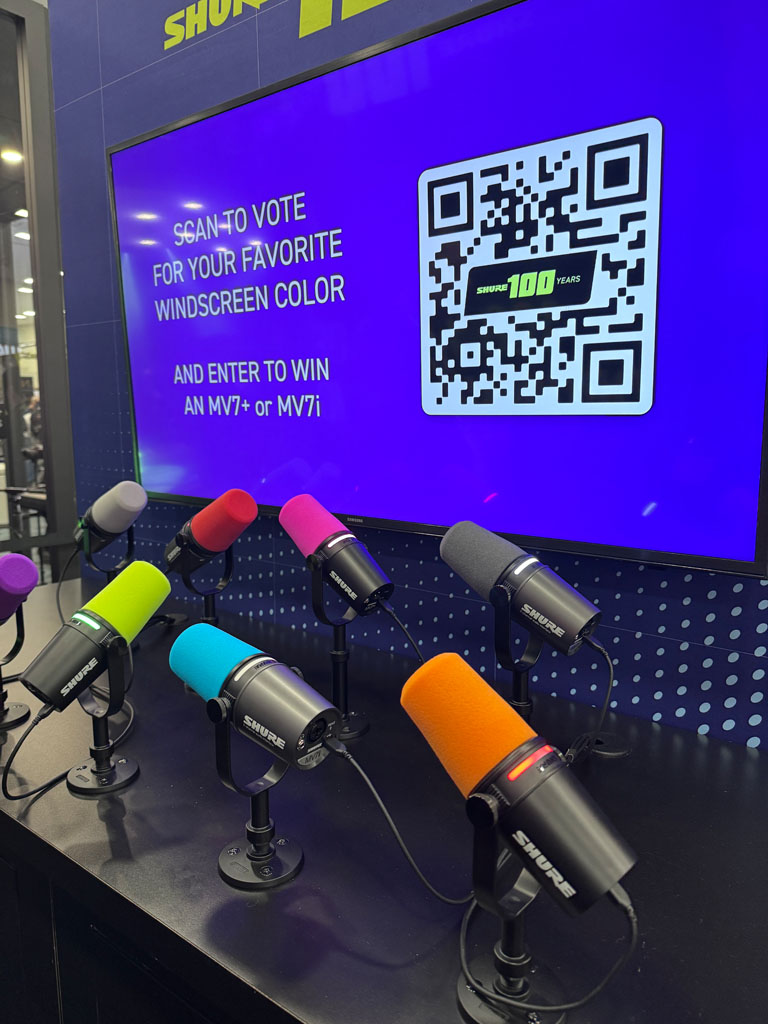
Subscribe
Published monthly since 1991, our famous AV industry magazine is free for download or pay for print. Subscribers also receive CX News, our free weekly email with the latest industry news and jobs.

